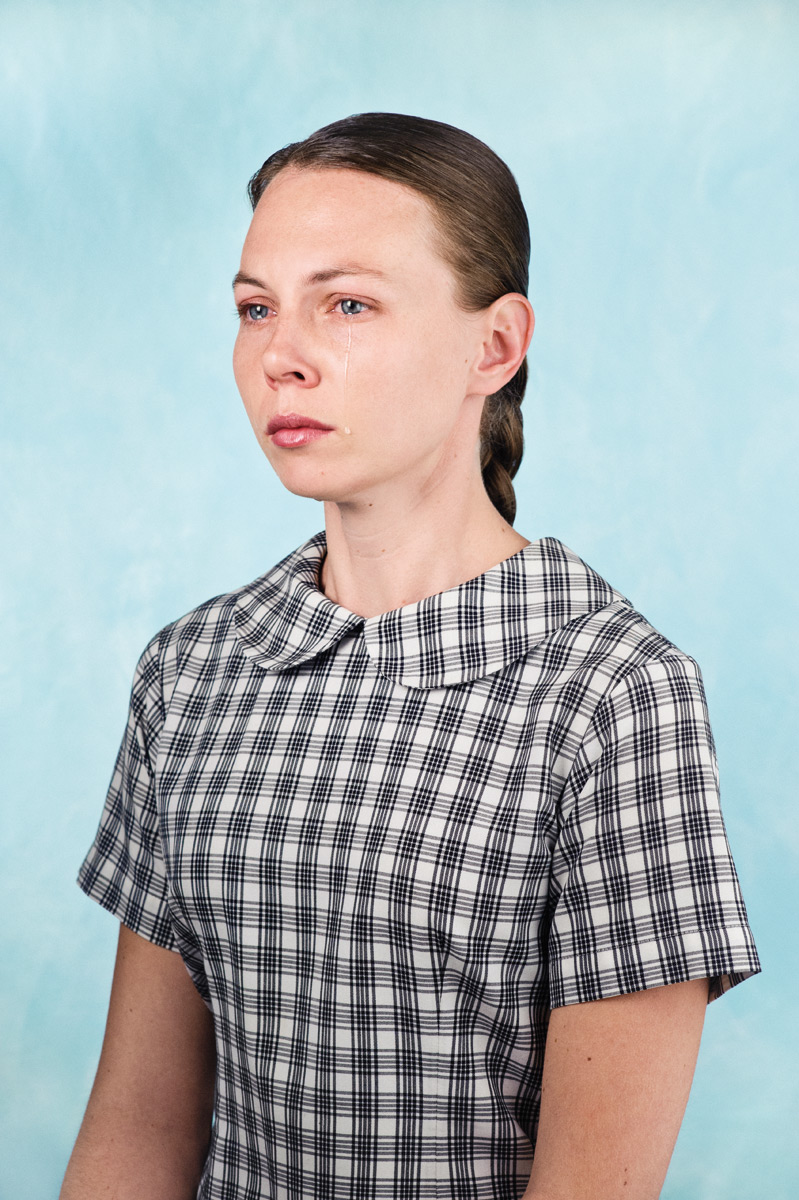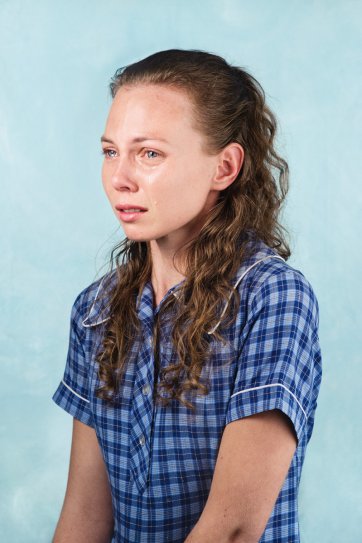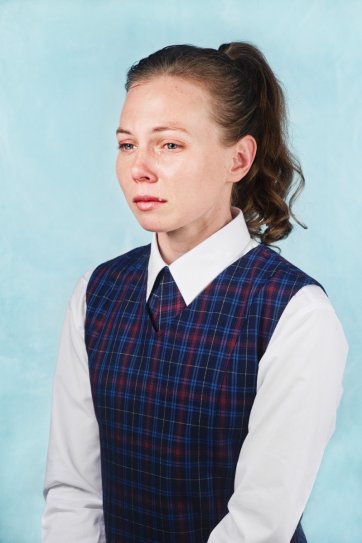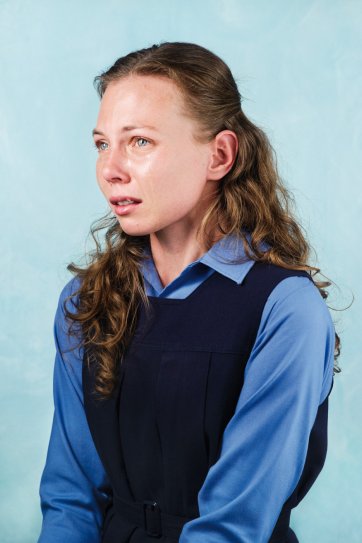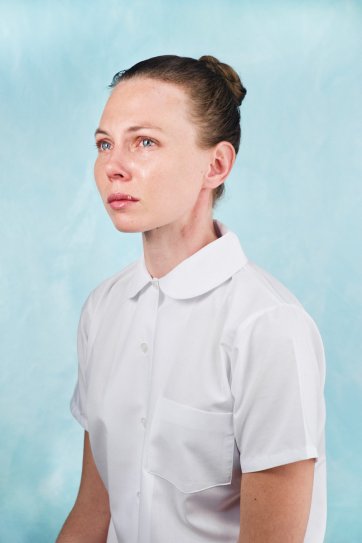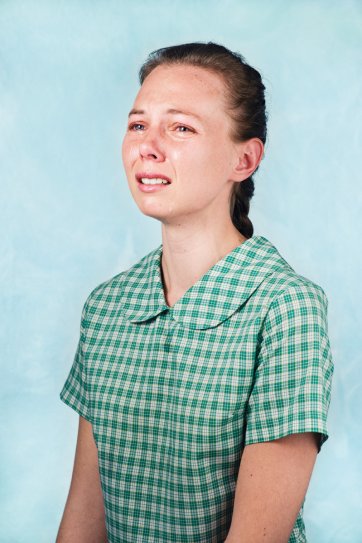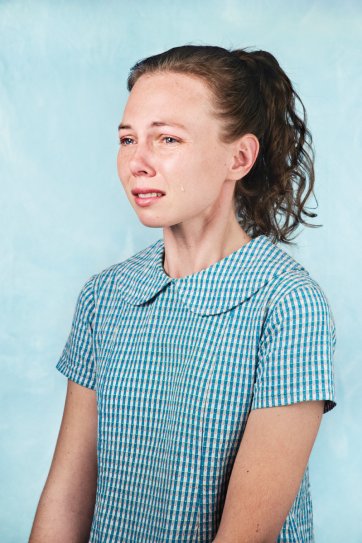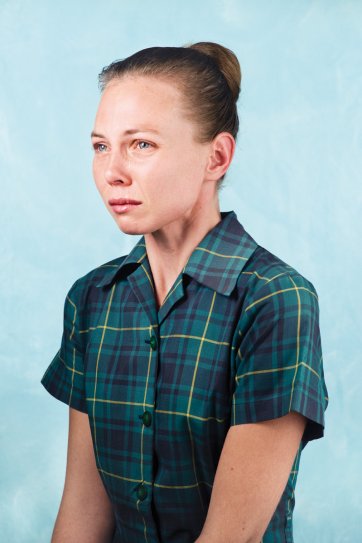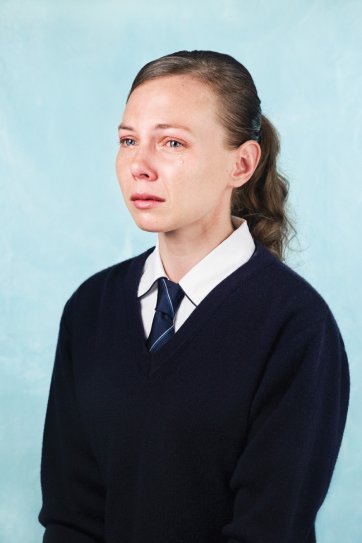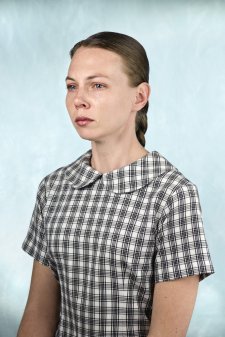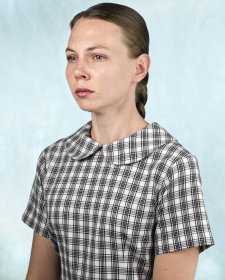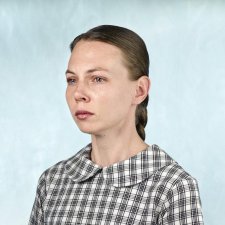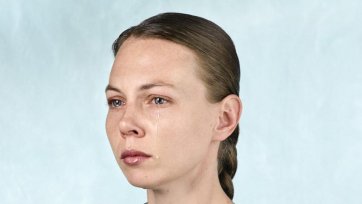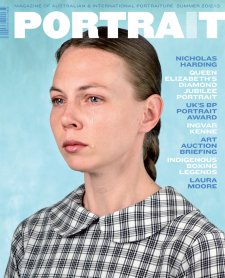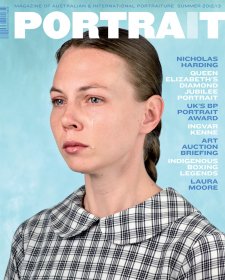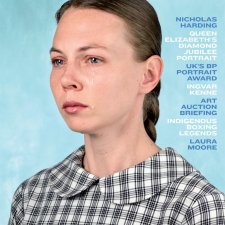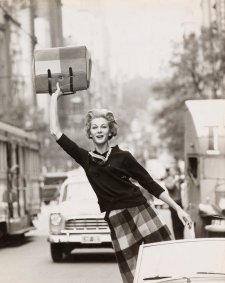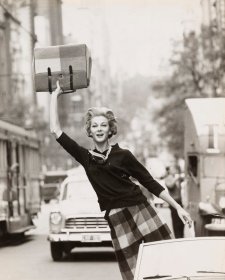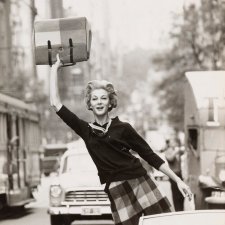Why make art?
I didn’t always know I wanted to be an artist. I studied journalism before I found photography and moved into photojournalism and now art. The common link in all of these paths is a desire to communicate. Art has given me a reason to examine everything more closely and I hope that by viewing my work others might be prompted to see a little differently too.
Do you have any standout influences?
When I was in my late teens, Sydney streetphotographer Marco Bok told me, ‘If you can’t take a decent picture in your own backyard, you shouldn’t be a photographer’. This has stayed with me ever since – not that I constantly take pictures of my backyard, in a literal sense, but I do get a lot of inspiration from my own life and observations.
What’s your working method?
I try to be a good observer and that includes introspection. This is where I get my initial ideas. After that, it’s a lot of thinking and experimenting to find the best way to communicate these ideas visually. I don’t have a fixed working method it just depends on what the work requires. For Hereinbefore there was a lot of preparation. I had to find nine school uniforms that fitted me. I had a friend paint the background. I experimented with the lighting. Once I was sitting in front of the camera it was no longer about anything technical.
Do you work alone?
I don’t always work alone and I don’t always photograph myself. When I’m photographing someone else it feels like I’m working with them, not alone. If I need to, I’ll enlist help, normally my partner, Mark. For this series I had to work alone. I couldn’t have got into the necessary headspace if I’d had an audience. I was lucky, Mark was mostly overseas while I was working on this series. I only did one of the shoots while he was back in Australia and I had to ask him to leave the house. I didn’t let him come home until about 11pm.
Is there an experimental or chance part to your work?
I usually have the idea I’m working with then I look for and experiment with how best to express it. Even once I’ve decided how to proceed there is always an element of chance in the execution and I stay open to that. So while my work is usually planned, it’s an open plan.
How did Hereinbefore evolve?
While looking through my Nan’s photo albums I rediscovered three of my school photos. I hadn’t seen them for years. Compared to the family snapshots, the school photos seemed so artificial and uncommunicative. I went to nine different schools so each of the photos had a slightly different background and a different uniform but otherwise they were very generic. It could have been any child in those pictures. I thought if these are the images that symbolise growing up, there is a lot they’re not saying.
What were the considerations when casting you as your younger self?
I think it’s because I’m still connected to my younger self that I was able to do this series. In the end it had to be me. I would never have asked someone else to go through that process. These were the most difficult photograph’s I’ve ever made. Even when I had everything set up and ready to go, I wasn’t sure what I’d get. I wasn’t acting, the emotion was real and it didn’t just leave once I turned the camera off. I did twelve sittings over two weeks to achieve the nine portraits. I was an emotional mess the whole time.
The work has an aspect of control – selfcontrol – is not losing control important in communicating these emotions?
The work is not me acting out the child I was, it’s me now at twenty-five looking back at that child. I do feel for her, for the growing pains, the challenges, the realities and truths she will learn the hard way. If the work seems controlled it’s because as an adult you don’t have the same emotional freedoms you did as a child. I’m also working within the constraints of the school photo. I’m portraying a different emotion but I felt it was important to retain the formal nature of the original.
Hereinbefore is neither stills nor a movie and it appears that the medium adds to a narrative ambiguity, are you interested in specifying and locking-in meaning or is it your preference leave it open.
The animations are made up of still images. This connection to the still image is important because I am representing an iconic still image, the school photo. I’m also interrogating the role of the school photo and the way it has become an unquestioned and expected practice. The formality of the school photo operates in much the same way the carte de visite, the ethnographic photograph and the mug shot did in their times.
What about sound?
So far I haven’t worked with sound, but I don’t rule it out in the future. Currently though, I think in very visual terms and, more than that, I really think in photographic terms. I started working as a photographer when I was seventeen and photography is still my ultimate obsession. So far all of my digital works have been made from still images and Hereinbefore references the still image in a number of ways.
Hereinbefore is introspective – what do you like about people experiencing your work?
Creating this series was a very personal exercise but my aim and the reason I chose to appropriate the school photo was that I wanted people to be able to project themselves into the work. I think the school photo is something most people can relate to. What I’ve enjoyed most from having the work at the National Portrait Gallery, where it reaches such a large audience, is that most people react not by asking about my experiences growing up but instead are reminded of their own journey and experiences.
What role does beauty play in your work?
Beauty hasn’t intentionally played a role in the content, ideas or themes of my work, however, I am conscious of the overall visual aesthetics in the production stage. It may be unpopular to say it, but I do want to make beautiful images. If my ultimate goal is to communicate I think aesthetic considerations are an important tool in that communication. Yet, I’m aware that beauty is a personal and unique idea for everyone.
- Plan your Visit
- Full calendar
- Current exhibitions
- Touring exhibitions
- Previous exhibitions
- National Photographic Portrait Prize
- Darling Portrait Prize
- Make a booking
- School visit information
- Current programs
- Virtual excursions
- Learning resources
- Little Darlings
- COVID-19 Safe Plan
